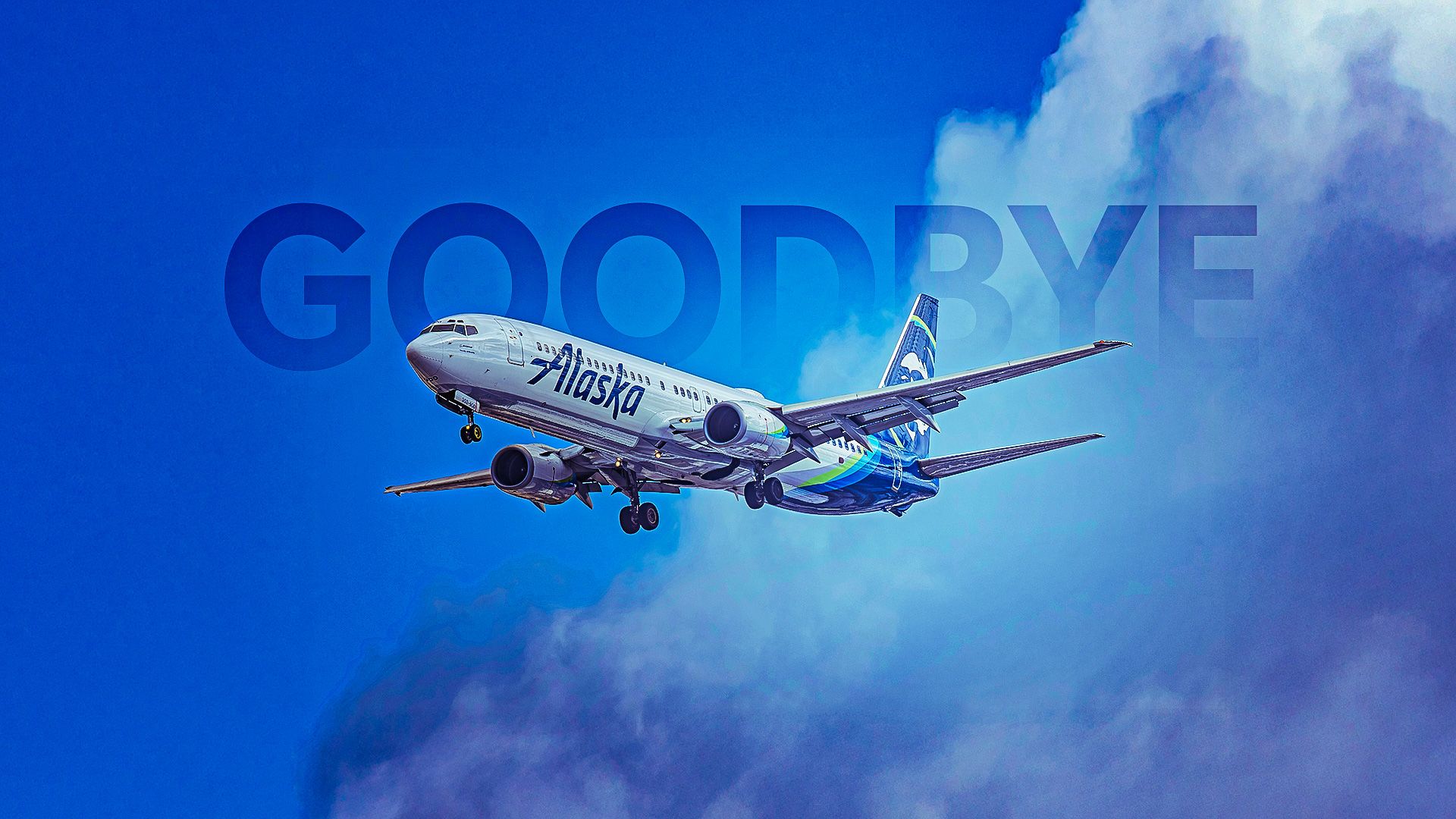World
Alaska Airlines Retires Final Boeing 737-900 to Modernize Fleet

Alaska Airlines has officially retired the last of its Boeing 737-900 aircraft, marking the end of an era for the airline. These jets, which were delivered between 2001 and 2003, have been phased out as part of the airline’s broader strategy to modernize its fleet and improve operational efficiency. The final aircraft was taken out of service last week, following the retirement of the first unit in April 2025, according to Airline Geeks.
The 737-900 aircraft were the oldest models in Alaska Airlines’ fleet, with over 20 years of service. As they approached their second heavy maintenance check, the airline faced growing economic challenges associated with these aircraft. Initially intended to enhance capacity and range, the 737-900s ultimately failed to meet expectations, particularly when compared to newer models. The decision to retire them is aligned with Alaska Airlines’ commitment to enhancing operational performance.
Modernizing the Fleet with Newer Models
Alaska Airlines has turned its focus toward the Boeing 737 MAX family as the new backbone of its narrowbody fleet. The transition includes the 737-9 and plans for the larger 737-10, which offer significant improvements in fuel efficiency and passenger comfort. The 737-9, configured to seat 178 passengers in a two-class layout, will replace the outdated 737-900ER.
The MAX aircraft burn approximately 20% less fuel compared to their predecessors, thanks to advanced technologies like CFM LEAP-1B engines and redesigned winglets. This reduction in fuel consumption is expected to not only lower operating costs but also contribute to Alaska Airlines’ goal of achieving net-zero emissions by 2040.
Ben Minicucci, CEO of Alaska Airlines, emphasized the importance of these upgrades, stating, “With these bold moves, we are accelerating our vision to connect our guests to the world.” His comments highlight the airline’s commitment to redefining the travel experience while maintaining a focus on safety and performance.
Financial Implications and Future Plans
The sale of the retired 737-900s will provide a cash infusion that Alaska Airlines can reinvest into its modernization efforts. Despite their lackluster performance, the 737-900s still hold residual value, making them appealing to other airlines or lessors. This financial maneuver is part of a larger strategy to streamline operations and improve profitability by reducing maintenance costs and pilot training requirements associated with a diverse fleet.
Alaska Airlines currently has firm orders for up to 120 new 737 MAX aircraft, a record investment for the airline. This fleet expansion will facilitate growth and enhance competitive advantages in the evolving airline market. Minicucci remarked on the significance of this investment, asserting, “We’re proud of the strong financial foundation that uniquely positions Alaska to make this commitment to our future.”
The transition to the 737 MAX family is not just about replacing older aircraft; it represents a strategic shift toward more efficient and environmentally friendly operations. With plans to introduce the stretched 737-10 and a focus on reducing emissions, Alaska Airlines is positioning itself as a forward-thinking leader in the aviation industry.
As the airline prepares to enhance its fleet with the new MAX models, it is also taking steps to minimize operational disruptions. The MAX family retains the familiar fuselage dimensions of its predecessors, allowing for smooth transitions at airports without the need for extensive modifications. Furthermore, Alaska Airlines is investing in technology to reduce auxiliary power unit (APU) usage during ground operations, contributing to its environmental goals.
In summary, the retirement of the Boeing 737-900 fleet marks a significant step in Alaska Airlines’ commitment to modernization and efficiency. With a clear focus on sustainability and passenger experience, the airline is poised to thrive in the competitive landscape of global aviation.
-

 Science2 months ago
Science2 months agoToyoake City Proposes Daily Two-Hour Smartphone Use Limit
-

 Health2 months ago
Health2 months agoB.C. Review Reveals Urgent Need for Rare-Disease Drug Reforms
-

 Top Stories2 months ago
Top Stories2 months agoPedestrian Fatally Injured in Esquimalt Collision on August 14
-

 Technology2 months ago
Technology2 months agoDark Adventure Game “Bye Sweet Carole” Set for October Release
-

 World2 months ago
World2 months agoJimmy Lai’s Defense Challenges Charges Under National Security Law
-

 Technology2 months ago
Technology2 months agoKonami Revives Iconic Metal Gear Solid Delta Ahead of Release
-

 Technology2 months ago
Technology2 months agoSnapmaker U1 Color 3D Printer Redefines Speed and Sustainability
-

 Technology2 months ago
Technology2 months agoAION Folding Knife: Redefining EDC Design with Premium Materials
-

 Technology2 months ago
Technology2 months agoSolve Today’s Wordle Challenge: Hints and Answer for August 19
-

 Business2 months ago
Business2 months agoGordon Murray Automotive Unveils S1 LM and Le Mans GTR at Monterey
-

 Lifestyle2 months ago
Lifestyle2 months agoVictoria’s Pop-Up Shop Shines Light on B.C.’s Wolf Cull
-

 Technology2 months ago
Technology2 months agoApple Expands Self-Service Repair Program to Canada









